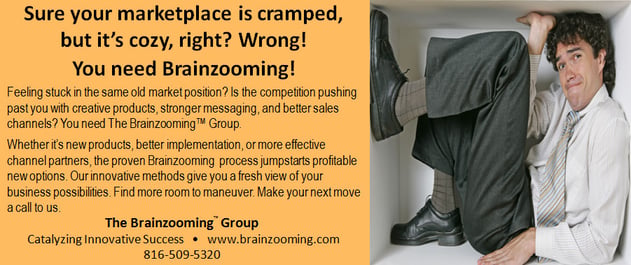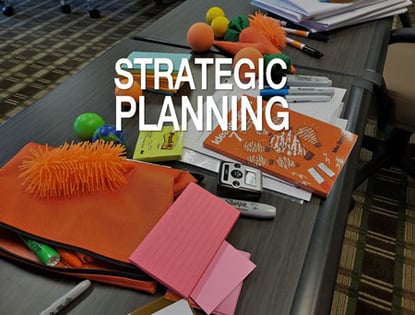Let me start by saying I’m blessed with wonderful parents who would do nearly anything for me. I never take for granted how remarkable that is. In fact, at times I create roadblocks so they can’t or won't do something for me.
One example was a car I had in grad school and during our early marriage. While it wasn’t a flashy car by any means (it was an Olds for goodness sake), I loved it, my parents had gotten it for me, and my intention was to drive it until it wouldn’t run any longer.
At some point, the mileage reached a level that made my parents uncomfortable, and they insisted on getting me a different car. That was the last thing in the world I wanted them to do. So I told them the only way I’d stand for them getting me ANOTHER car was to have one just like it, and not just the same make and model, but even the same exterior (white) and interior (blue) colors. I figured that would be enough to scuttle things.
More of the Same Isn’t Always a Good Idea
Boy was I wrong. In the pre-Internet days, my dad tracked down a new version of the same car model with the exact same color scheme. While I was (AGAIN) tremendously appreciative of their kindness, quite frankly, I found I didn’t REALLY want an updated version of the same car. It was the SAME, and that was boring. It didn’t create a different driving experience. It was simply more of the same with fewer miles and none of the great grad school memories of the identical first car.
Replacing Yourself as a Leader
 The reason I pulled this story out is I’m developing a presentation on strategic planning and building legacy agencies for an organization of advertising executives. Based on conversations with the event organizers, many members are agency founders or have been the principals for quite some time. And if the agencies are going to live on beyond the careers of the principals, they need to do more strategic planning and identify their replacements.
The reason I pulled this story out is I’m developing a presentation on strategic planning and building legacy agencies for an organization of advertising executives. Based on conversations with the event organizers, many members are agency founders or have been the principals for quite some time. And if the agencies are going to live on beyond the careers of the principals, they need to do more strategic planning and identify their replacements.
I’m guessing more than a few of them might adopt my attitude in the car story. Emotionally, they don’t want to deal with the prospect of considering the agency’s future without their involvement. Knowing they’ve been integral to their agencies being successful, they may set out to find replacements just like them.
While that might seem to make sense on the surface, pursuing this strategy could yield the same dissatisfying results it did for me.
If an identical successor moves into leadership, it creates legitimate hurdles for this new person to compare favorably. And it is quite likely that an agency needs someone and something different to grow and prosper in the future than it did ten, twenty, or thirty years ago. That means the right answer is looking for the right next person, not an identical replacement.
Strategic Planning - Creating a Legacy for the Future
This concept extends to any of you charged with replacing yourself as a leader and engaging in active succession planning. The process needs to begin by identifying the talents an organization needs to develop, grow, and thrive, followed by seeking someone who fit those needs. Leaders have to realize: your legacy implies a vibrant future based on a solid foundation, not force fitting so that everything is exactly the same. – Mike Brown
If you enjoyed this article, subscribe to the free Brainzooming email updates.
The Brainzooming Group helps make smart organizations more successful by rapidly expanding their strategic options and creating innovative plans they can efficiently implement. Email us at info@brainzooming.com or call us at 816-509-5320 to learn how we can help you enhance your strategy and implementation efforts.




